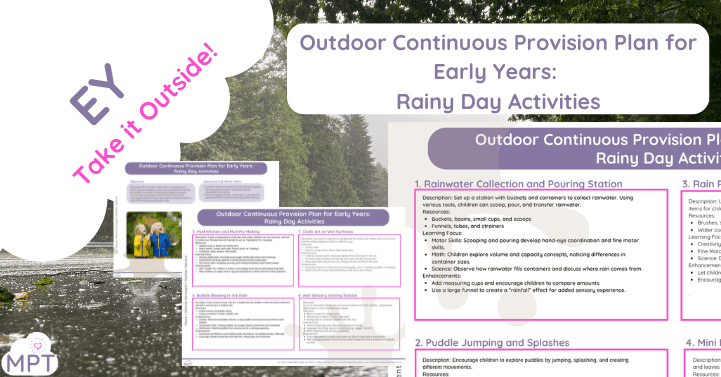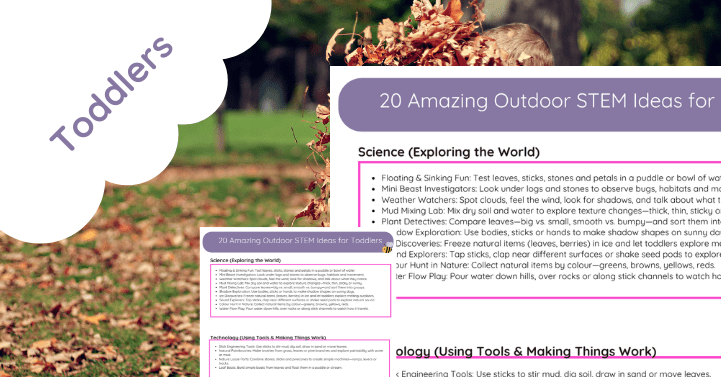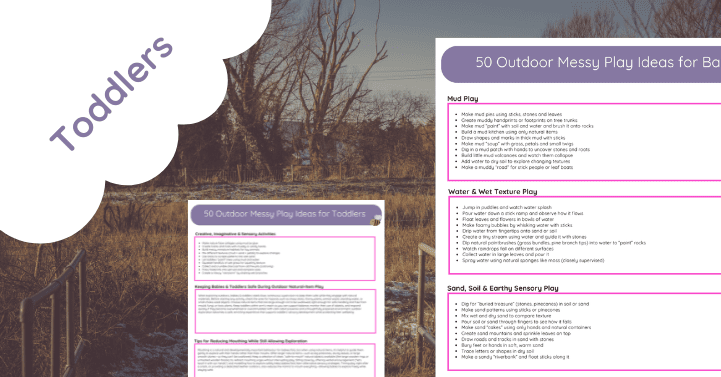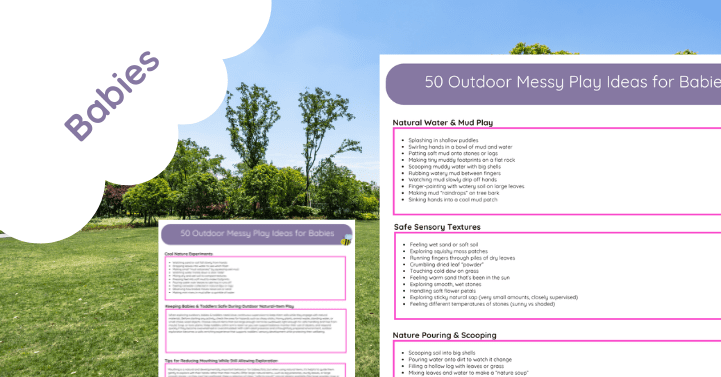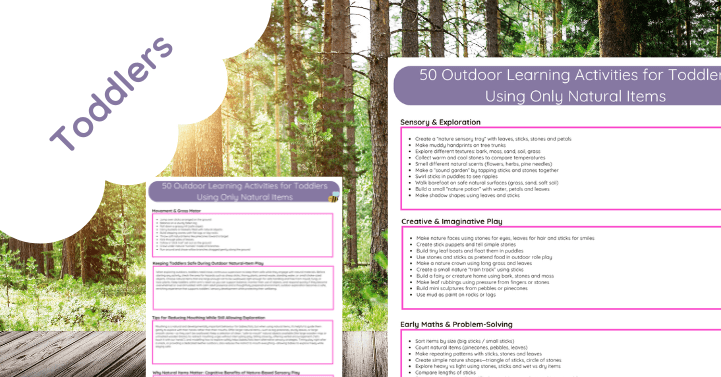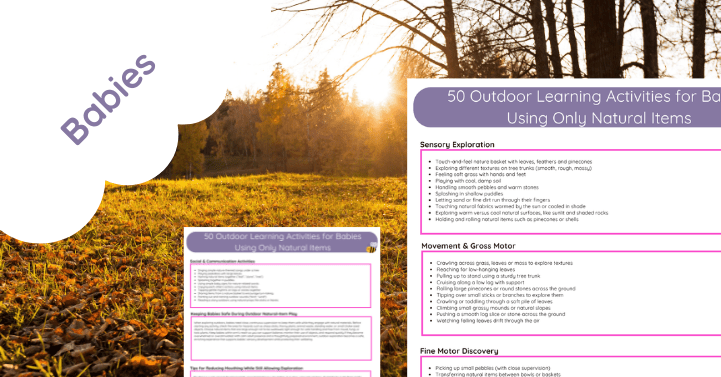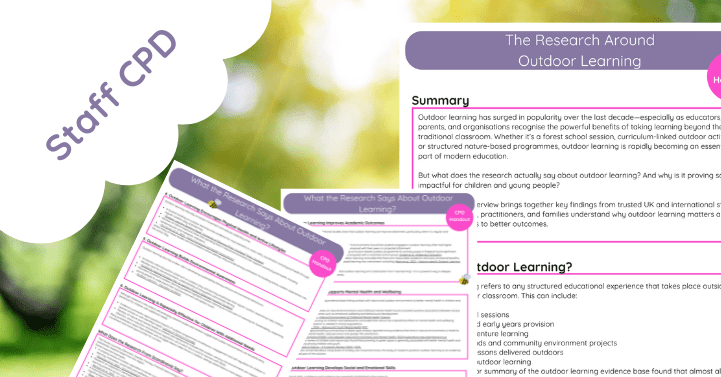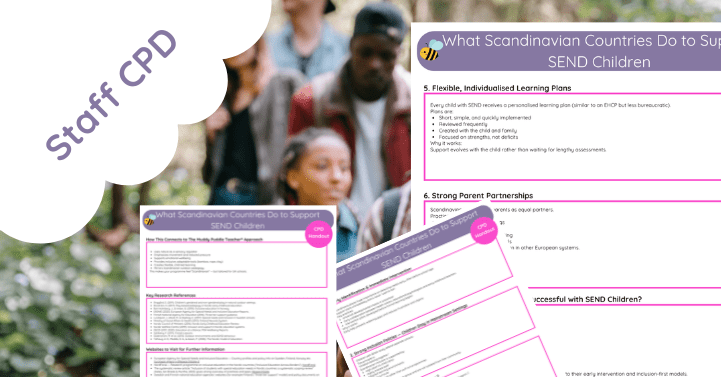Product Description: Outdoor Continuous Provision Plan for Early Years – Rainy Day Activities
Turn rainy days into memorable learning experiences with our Outdoor Continuous Provision Plan for Early Years: Rainy Day Activities. Designed to make the most of wet weather, this plan transforms outdoor playtime into a rich, sensory-filled adventure that develops foundational skills in a fun, hands-on way.
Features and Activities
- Puddle Play and Splashing: Children can safely explore puddles, jump, splash, and create ripples. This activity encourages gross motor skills, balance, and coordination while children learn about cause and effect in water.
- Rain Painting and Art with Nature: Using paintbrushes, sponges, and natural materials, children can create art with water on pavement or other outdoor surfaces. This creative activity promotes fine motor development and encourages self-expression as they paint shapes, letters, and patterns that evaporate with time.
- Floating and Sinking Station: A rainwater-filled basin offers the perfect place for children to test objects like leaves, sticks, and stones to see what floats or sinks, fostering early scientific thinking and observation skills.
- Mud Kitchen Creations: In a designated mud play area, children can use rainwater to make “mud pies” and experiment with textures. This offers a fantastic sensory experience that builds creativity and social skills through shared play.
- Mini River Making: Using sticks, leaves, and pebbles, children can create mini “rivers” and observe the flow of water on gentle slopes, helping them understand basic concepts like gravity and water movement.
Why Choose This Plan?
Perfectly suited to early years educators, this Rainy Day Activities Plan offers flexible, child-led activities that turn rainy days into opportunities for exploration and growth. Each activity is designed to encourage curiosity, improve motor skills, and foster social-emotional development in an outdoor setting.
By embracing rain as a learning resource, this plan engages children and inspires resilience, creativity, and an appreciation for nature. A must-have for any early years setting, the Outdoor Continuous Provision Plan for Rainy Day Activities makes the most of every day, rain or shine!
Embracing Rainy Days with Outdoor Continuous Provision for Early Years Using the Muddy Puddle Teacher Approach
For many early years educators, rainy days can feel like a hurdle, but with the Muddy Puddle Teacher approach, rain is just another learning opportunity! Outdoor continuous provision allows children to explore their environment in a way that’s playful, hands-on, and developmentally enriching. Our Outdoor Continuous Provision Plan for Early Years: Rainy Day Activities is designed to embrace wet weather and turn puddles, mud, and raindrops into natural learning tools.
With this plan, we can offer activities that engage children’s senses, build motor skills, and encourage creativity. Here’s how the Muddy Puddle Teacher approach makes rainy days both manageable and magical for early years learners!
The Benefits of Rainy Day Play in Early Years Education
Outdoor play is essential for early childhood development, and rainy days offer unique sensory and exploratory experiences that can’t be replicated indoors. Research has shown that outdoor learning supports mental and physical health, builds resilience, and increases focus. The Children & Nature Network highlights the many benefits of outdoor play, including improved social skills, creativity, and problem-solving abilities. Read more here.
Using the Muddy Puddle Teacher approach, educators can create an inclusive and adaptable environment where children can connect with nature and explore freely. This approach not only supports learning but also fosters a lifelong love and respect for the natural world.
Rainy Day Activities Using the Muddy Puddle Teacher Approach
Each of the following activities is designed to support open-ended exploration, build sensory and motor skills, and encourage child-led learning—key elements of the Muddy Puddle approach.
1. Puddle Play and Splashing
Letting children jump, splash, and explore puddles is an engaging way to build gross motor skills, balance, and coordination. Puddle jumping is fun, and children love observing the effects of their movements on water, giving them a first-hand experience with cause and effect.
How to Set Up:
- Designate a safe puddle area where children can jump and splash freely.
- Provide waterproof boots and raincoats to keep children dry and comfortable.
- Encourage children to notice how the size and depth of their jumps affect the splash.
Educational Benefits: This activity builds coordination and supports sensory exploration. The National Wildlife Federation explains how outdoor activities like splashing and stomping support sensory development and encourage physical activity. Learn more here.
2. Rain Painting and Nature Art
With brushes, sponges, and natural materials, children can use rain-soaked surfaces to “paint” on concrete or create temporary art in the mud. This activity encourages fine motor skills, self-expression, and observation as children see their artwork change with evaporation.
How to Set Up:
- Give children paintbrushes, sponges, or sticks to create patterns on wet pavement or in muddy areas.
- Invite them to use leaves, twigs, and stones to add texture and shape to their artwork.
- Encourage them to notice how the rain “erases” their paintings over time.
Educational Benefits: Creating art in the rain promotes fine motor development and introduces scientific concepts like evaporation. Learning Through Landscapes supports outdoor learning and explains the benefits of using natural materials in creative play.
3. Floating and Sinking Experiment
Collect natural items such as leaves, sticks, and stones, and let children explore whether they float or sink in a rain-filled container. This activity introduces scientific thinking as children make predictions, test their ideas, and observe the results.
How to Set Up:
- Use a shallow tray or bucket filled with rainwater for the floating and sinking experiment.
- Provide natural items and have children predict which items will float and which will sink.
- Discuss why some objects stay on the surface while others sink to the bottom.
Educational Benefits: This activity encourages critical thinking, observational skills, and basic physics. For more on using nature for sensory exploration, check out Eco-Schools, which provides insights into incorporating nature into early childhood learning. Explore more here.
4. Mud Kitchen Creations
A rainy day is perfect for mud kitchen play! Children can combine rainwater with mud to create “mud pies” or pretend meals. This is an open-ended, imaginative activity that builds social skills, fine motor skills, and creativity.
How to Set Up:
- Create a designated mud kitchen area with shallow trays, natural items, and water.
- Provide scoops, pots, pans, and spoons for children to “cook” with.
- Encourage children to create recipes and share their mud creations with friends.
Educational Benefits: Mud play provides a sensory experience that strengthens motor skills, encourages teamwork, and enhances imagination. The National Association for the Education of Young Children explains how sensory play like mud kitchens supports early childhood development. Read more here.
5. Mini River Creation and Exploration
Using gentle slopes, natural objects, and rainwater, children can create mini rivers and observe how water flows. This activity introduces concepts of gravity, water flow, and environmental observation, all through hands-on exploration.
How to Set Up:
- Set up a small sloped area where children can use sticks, stones, and leaves to create obstacles and pathways for the water.
- Encourage children to watch how rainwater flows downhill and moves around obstacles.
- Let them experiment with different ways to change the flow of water.
Educational Benefits: Creating mini rivers introduces basic science concepts like gravity and flow while encouraging problem-solving. Teach.com has excellent resources on incorporating science and exploration into early years activities. Check them out here.
Tips for a Safe and Enjoyable Rainy Day Outdoors
To make the most of rainy days, it’s essential to keep children safe, warm, and comfortable. Here are some tips for a successful outdoor provision on wet days:
- Waterproof Gear: Ensure children have raincoats, waterproof trousers, and boots to keep them warm and dry.
- Supervision: Always supervise water play closely, especially around deep puddles or mud areas.
- Handwashing: Encourage children to wash their hands thoroughly after mud and water play.
- Warming Up: Have a warm space ready indoors where children can dry off and warm up after outdoor play.
Why Rainy Days are Perfect for the Muddy Puddle Teacher Approach
The Muddy Puddle Teacher approach embraces nature as a key learning resource. By engaging with rain, mud, and puddles, children not only have fun but also experience a unique kind of learning that connects them to the natural world. Rainy days encourage resilience, creativity, and hands-on discovery—qualities that support lifelong learning and curiosity.
With the Outdoor Continuous Provision Plan for Early Years: Rainy Day Activities, educators can transform rainy days into rich learning experiences, building children’s confidence and curiosity in every splash and muddy footprint.


